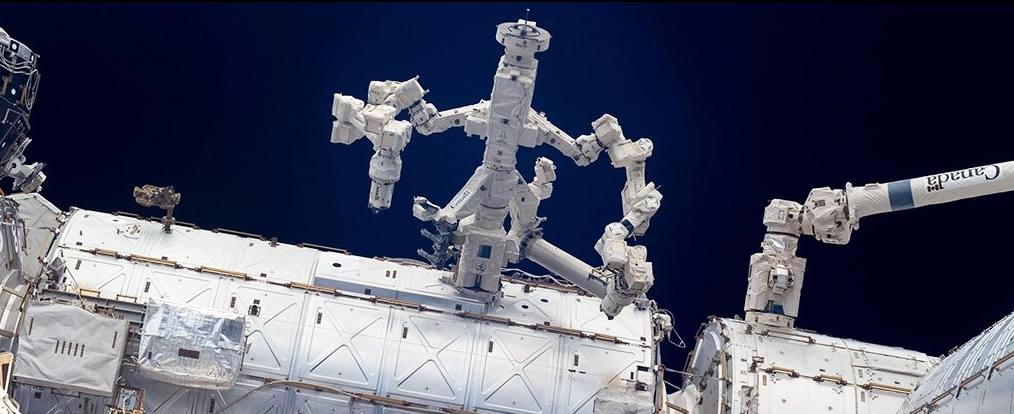New year, new you. Apparently the same goes for the International Space Station (ISS), which just got its first battery change after 18 years, thanks to the Special Purpose Dexterous Manipulator (SPDM) robot named Dextre.

Image source: NASA.
The four old nickel-hydrogen batteries were replaced from the earliest days of the space station, which went into orbit in November 1998. On New Year’s Eve, the ground-based robotics team used the Canadam2 Dextre “hand” to swap out the aging nickel-hydrogen batteries for three of six lithium-ion batteries. They were brought up last month by the Japanese Kounotori 6 cargo ship.
It should go without saying that these battery packs are an essential part of the solar power system on the ISS. With help from the astronauts currently aboard the space station, Dextre will continue its mission outside the ISS until all 48 of the original batteries are swapped out for 24 smaller and more efficient lithium-ion alternatives.
Written on NASA's ISS blog, the space agency's Mark Garcia called the operation “a remarkable demonstration of robotic prowess,” but mentioned that the team is still in the early stages of the process.
As for the old nickel batteries, some will be stored on board the ISS but kept dormant, while others will be sent back down toward Earth on the Japanese H-II Transfer Vehicle to be burned in the upper atmosphere.
In addition to battery upgrades, Dextre carries out a variety of maintenance tasks aboard the ISS. Made in Canada, the robotic handyman is famous enough to appear on banknotes in its home country. But we can’t forget the usefulness of the nickel-hydrogen technology, although its time is drawing to a close on the ISS. The technology has been essential in powering many space probes, including the Mars Odyssey and the Hubble telescope.
Lithium-ion batteries, on the other hand, are the same type of battery technology that powers our phones. They’re smaller, more power-efficient, easier to manipulate into different designs, and are cheaper to make, which are all important considerations when you’re building something for space exploration.
Once the battery upgrade aboard the ISS is complete, the new lithium-ion units should power the remainder of the ISS’s lifespan, which is expected to be about another decade or so, before it will be directed to end its journey into the Pacific Ocean.
Advertisement
Learn more about Electronic Products Magazine





